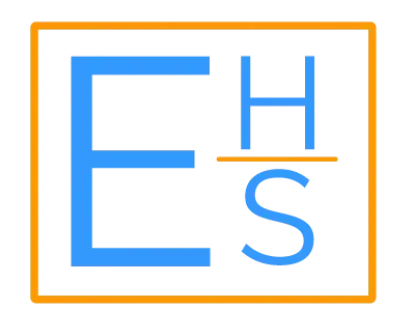What Does Dry Needling Help?
Dry needling is a technique used to relieve muscle pain and stiffness. It involves inserting needles into trigger points, which are tight bands of irritable muscle tissue caused by injury, overuse or improper movement patterns. During the treatment, you may experience a brief muscle twitch as the needle is inserted into your trigger point. This sensation is common and could be an indication that your muscles are responding to the treatment.
Improved Mobility
Dry needling, when performed correctly, creates an environment that encourages healing within the body. Not only does it reduce pain and increase mobility, but research has demonstrated its efficacy in treating various musculoskeletal issues as well. A 2017 study revealed that patients who combined physical therapy and dry needling experienced significant improvements in range of motion as well as significant pain relief.
Physical therapists use needles to target trigger points – tight bands of muscle tissue that cause pain and restricted motion in certain areas of the body. Trigger point dry needling is a gentle procedure that uses a small, solid filament needle to manipulate and release knotted tissue. It has more benefits than massage or instrument-assisted soft tissue mobilization (Graston technique). A mild reaction, similar to cramping, may occur during treatments; however, this should resolve quickly after they are completed.
Reduced Pain
Dry needling is a safe, non-invasive pain management technique used to target knotted muscles or trigger points. These hypersensitive spots can be the source of chronic discomfort that affects movement, motor patterns, and muscle function. Trigger points are tight muscle fibers that can develop after injury or overuse. They have been linked to a variety of conditions, from low back and neck pain to joint pain and overuse injuries.
Physical therapists perform treatment by inserting a thin needle through your skin into an area known as a trigger point or knotted muscle. Depending on the type of pain, your provider may move the needle around in an effort to elicit a twitch response in the muscle. This sensation, known as a “local twitch response,” is believed to release chemicals and increase blood flow to the knotted muscle, helping it relax. Many people report experiencing relief of pain after one dry needling session; however, for others it may take multiple sessions for full relief.
Reduced Inflammation
Dry needling is a non-drug alternative for treating trigger points and other musculoskeletal pain. It helps reduce inflammation, improve muscle strength and mobility, as well as function. According to clinical rehabilitation manager Adam Kimberly, needles cause micro tears in skin and tissue which prompt your body’s natural defenses to take action, bringing nutrient-rich blood and stimulating tissue repair. This helps reduce swelling and restore nutrient delivery to the affected area.
During treatment, your provider locates the trigger point and inserts a needle into it. They may move the needle around slightly to induce what’s known as a local twitch response – an acute spasm of your muscle. This twitch response can mimic how your brain perceives pain signals, helping break the cycle of trigger point pain. For many patients, improvements in pain and mobility are evident immediately after treatment; however, for others it may take several sessions before they experience relief.
Increased Flexibility
Dry needling, a specialized technique, provides muscle pain and tightness by targeting trigger points in the muscle. Over time, these points may develop into larger areas of the body causing referred discomfort elsewhere. Traditional acupuncture requires needles to be inserted into specific acupoints, while dry needling utilizes fine needles to target myofascial trigger points (TrPs) throughout the body.
As your trigger point becomes less sensitive, it allows your muscles to stretch more freely than before. This increased flexibility also enhances your range of motion. Gena Thurston, DPT and CIDN from Steve Kravitz Physical Therapy says dry needling can be an effective treatment for many common physical issues. She notes that it may be particularly helpful for individuals suffering from musculoskeletal pain such as TMJ issues, migraines or headaches or those living with chronic conditions like tendonitis.
If you are experiencing back pain and sciatica or shoulder pain, consider trying dry needling as a treatment option. To learn more about dry needling and other services we offer, visit our home page or contact us to schedule an appointment with our team of specialists.



